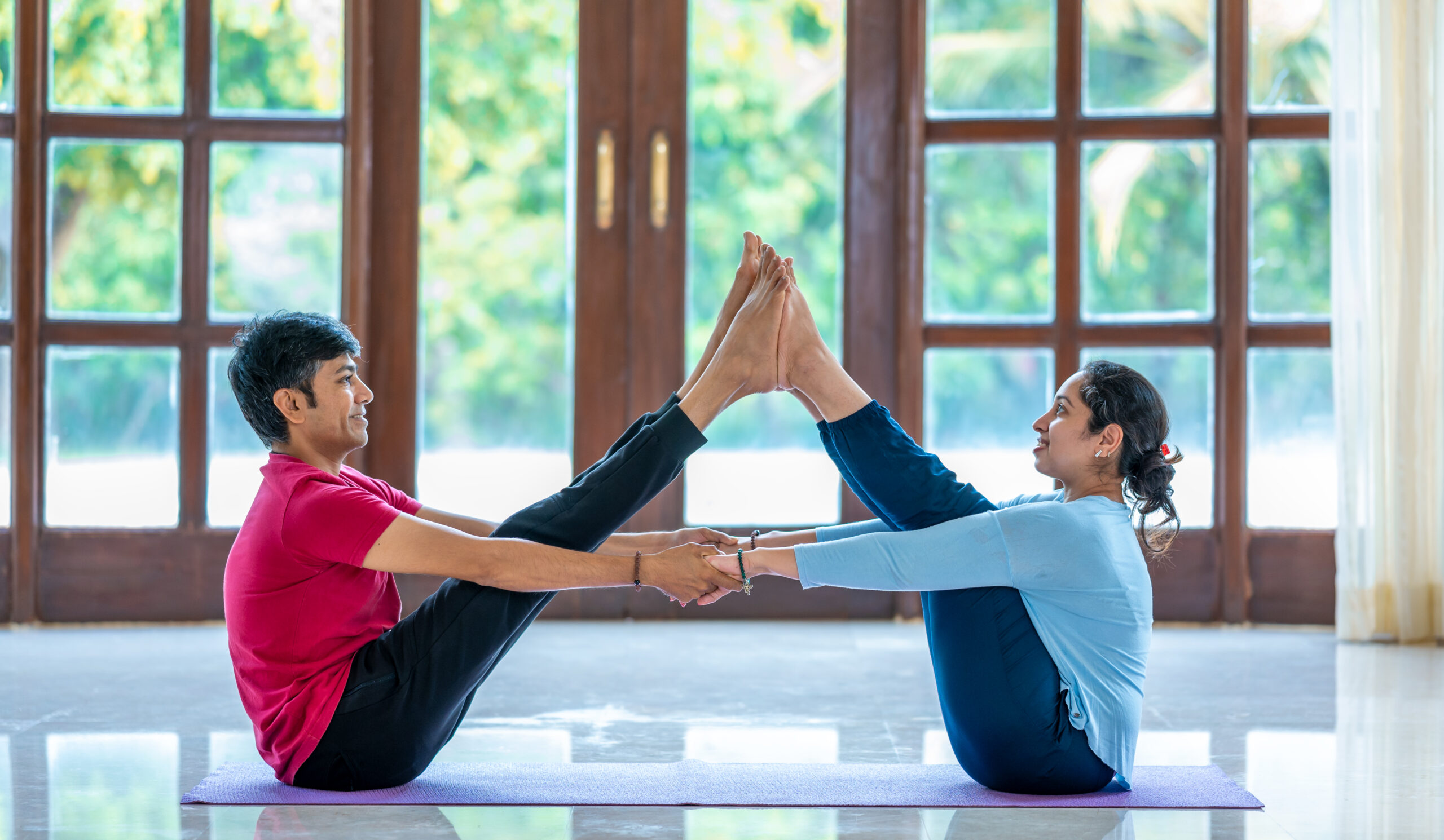Yoga is a timeless practice that has become a cornerstone of health and wellness across the globe. While many people associate yoga with stretching and flexibility, it’s actually a deep and holistic system that encompasses physical postures, breathing techniques, mental discipline, and spiritual insight.
In this article, we explore what yoga really is, the different types of yoga, its philosophy, health and safety guidelines, and potential risks—so you can start your journey with clarity and confidence.
What is Yoga?
The word “yoga” is derived from the Sanskrit root “yuj,” which means to unite or join. It refers to the union of the body, mind, and spirit and, ultimately, the union of individual consciousness with universal consciousness.
Yoga is both:
- A physical practice (asanas and breathing)
- A spiritual path rooted in mindfulness, ethics, and self-awareness
Yoga isn’t a religion. It’s a practical system that supports wellness, inner peace, and clarity.
Types of Yoga
Yoga has evolved into many styles and disciplines, each with different focuses and benefits.
1. Hatha Yoga
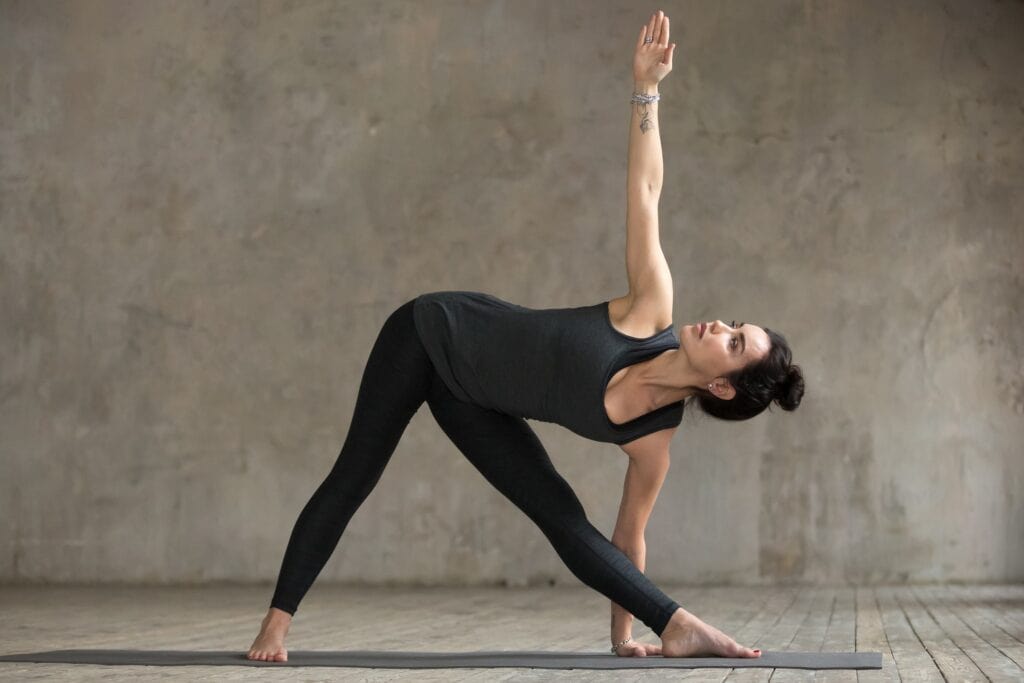
Hatha Yoga is a branch of yoga that focuses on physical postures (asanas), breath control (pranayama), and meditative techniques to promote balance between the body and mind. It’s considered one of the most accessible and foundational forms of yoga, especially for beginners.
Typical Hatha Yoga Class:
- Starts with gentle warm-ups.
- Moves into a series of poses, often held for several breaths.
- Includes breathing practices and ends with deep relaxation (like Savasana).
- It’s a good starting point if you’re new to yoga or want a gentler, more deliberate practice that incorporates both the body and mind. Would you like a sample Hatha Yoga routine to try?
2. Vinyasa Yoga
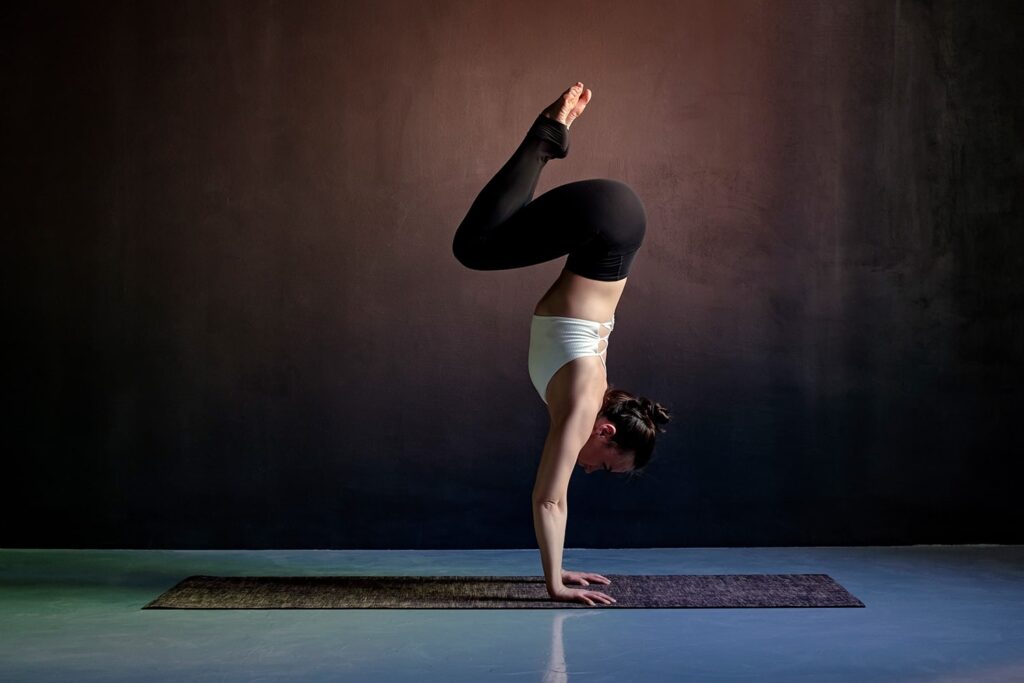
Vinyasa Yoga is a dynamic style of yoga that links breath with movement, creating a flowing sequence of poses. It’s often referred to as “flow yoga” because of the smooth transitions between postures, guided by the rhythm of the breath.
Typical Vinyasa Yoga Class:
- Begins with gentle warm-ups (like Sun Salutations).
- Moves into a series of flowing sequences that build in intensity.
- Ends with cooling stretches and final relaxation (Savasana).
- It’s a great option if you’re looking for a more active and physically engaging practice that also sharpens mental focus through breath awareness. Want to see a beginner-friendly Vinyasa flow you can try at home?
3. Ashtanga Yoga
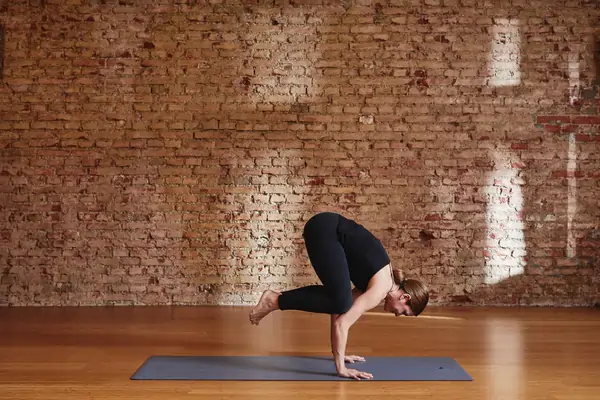
Ashtanga Yoga is a structured and physically demanding style of yoga that follows a set sequence of poses, linked with breath and movement. Rooted in ancient tradition and popularised by Sri K. Pattabhi Jois, it emphasises discipline, consistency, and internal focus.
Typical Ashtanga Yoga Class
- Starts with Sun Salutations (Surya Namaskar A & B).
- Progresses through standing poses, seated poses, backbends, and inversions, depending on the series level.
- Ends with a cool-down and final relaxation (Savasana).
It’s ideal if you’re seeking a disciplined, consistent, and traditional practice that builds strength, flexibility, and mental clarity. Curious about the Primary Series or what a Mysore class looks like?
4. Iyengar Yoga
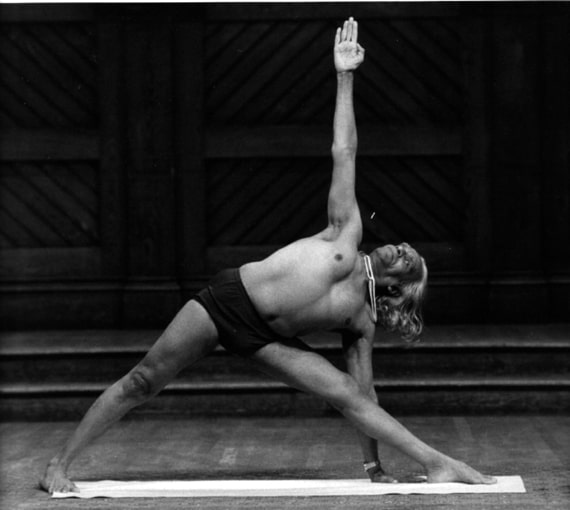
Iyengar Yoga is a precise and methodical style of yoga that emphasizes alignment, detail, and the use of props to help practitioners perform poses correctly and safely. Developed by B.K.S. Iyengar, it’s known for its therapeutic benefits and accessibility to people of all ages and abilities.
Typical Iyengar Yoga Class
- Begins with simple warm-ups and foundational poses.
- Moves through a carefully selected sequence of poses, accompanied by detailed instruction.
- Often includes props and modifications tailored to each student’s needs.
- Ends with a long, supported relaxation (Savasana), sometimes using props to enhance rest.
- It’s a great choice if you’re looking for a safe, structured, and alignment-based practice that builds deep understanding of each pose. Want help finding key Iyengar poses or prop suggestions for home practice?
5. Yin Yoga
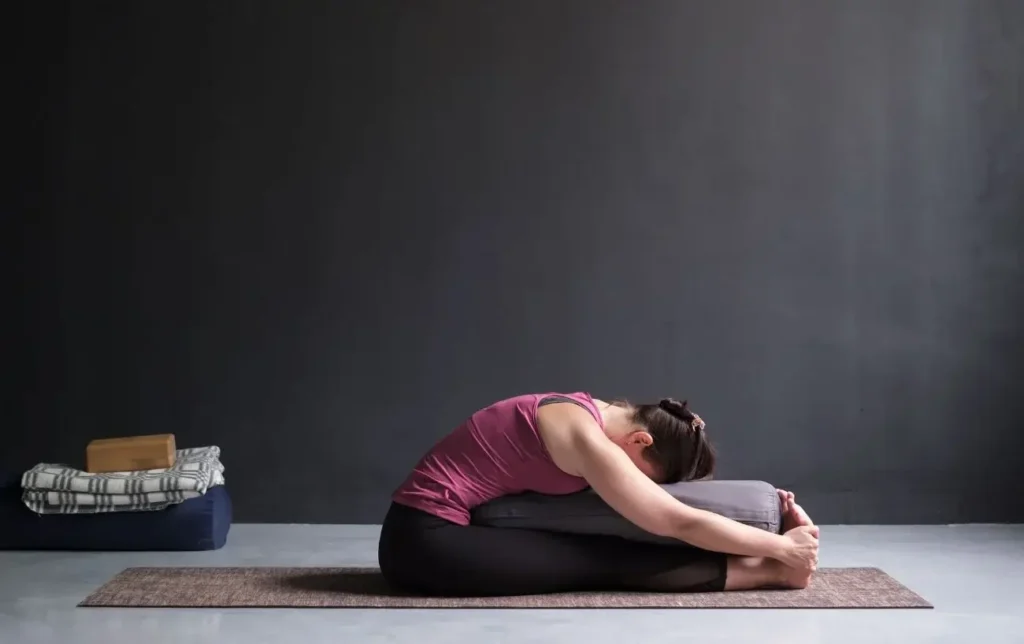
Yin Yoga is a slow, meditative style of yoga that targets the deep connective tissues — like fascia, ligaments, and joints — rather than just the muscles. It involves long-held, passive poses, mainly done on the floor, to enhance flexibility, stillness, and inner awareness.
Typical Yin Yoga Class
- Begins with grounding and breath awareness.
- Moves through a series of long-held poses targeting specific areas (often hips, spine, or legs).
- Includes minimal movement, encouraging silence and inward focus.
- Ends with a deeply restful Savasana, sometimes followed by seated meditation.
- It’s ideal if you’re seeking a deeply calming, introspective practice that supports joint health, emotional release, and mental clarity. Want a list of classic Yin poses for hips or spine to try at home?
6. Kundalini Yoga
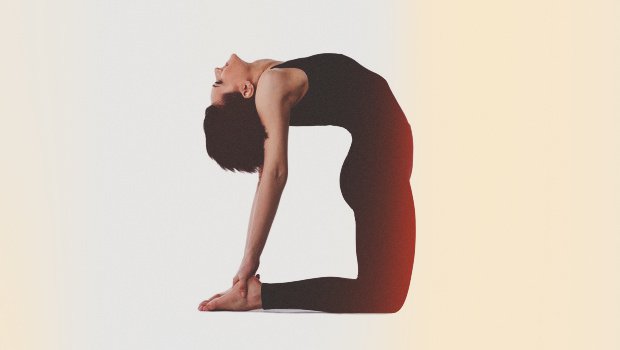
Kundalini Yoga is a spiritual and energetic form of yoga that combines physical movement, breathwork, chanting, and meditation to awaken kundalini energy — believed to be a dormant spiritual force at the base of the spine. It’s often called the “yoga of awareness” and aims to elevate consciousness and inner vitality.
Typical Kundalini Yoga Class
- Begins with a short chant to tune in (Ong Namo Guru Dev Namo).
- Moves into a kriya (set of postures + breath + mantra).
- Includes dynamic movement, breathwork, chanting, and sometimes repetitive arm or hand motions.
- Ends with meditation and a closing song (Sat Nam).
It’s perfect if you’re drawn to a transformational, energetically uplifting practice that blends yoga with meditation, breath, and mantra. Want to try a beginner-friendly Kundalini kriya or breathing technique?
7. Restorative Yoga
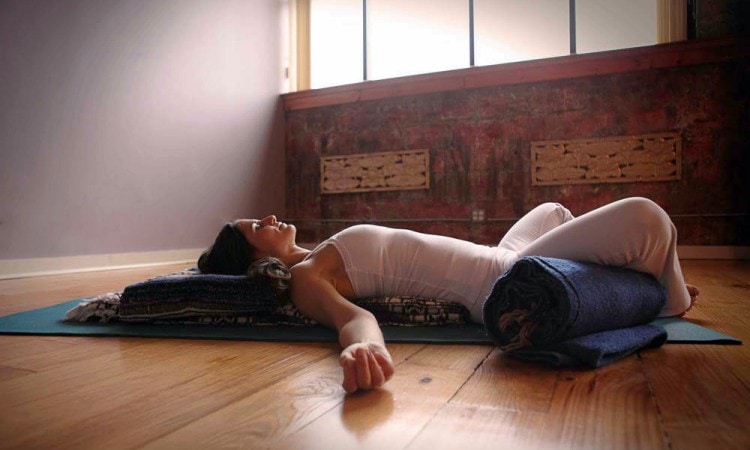
Restorative yoga is a slow, gentle practice that uses props (bolsters, blankets, blocks) to fully support the body in relaxing poses. It’s designed to calm the nervous system, reduce stress, and promote deep rest—perfect for recovery, burnout, or relaxation.
Typical Restorative Yoga Class
- Arrival & Grounding (5–10 min)
Take a moment for quiet breathing or meditation to settle in. - 3–5 Supported Poses (40–45 min)
Poses held for 5–20 minutes using props. Examples:
Reclined Bound Angle
Supported Child’s Pose
Legs Up the Wall
Gentle Twists
Heart Openers - Final Rest (5–10 min)
Deep Savasana with blankets, sometimes guided meditation or soft music. - Closing (5 min)
Seated breathwork, gratitude, and a quiet “Namaste.”
Philosophy of Yoga
The philosophy of yoga is rooted in ancient Indian texts like the Yoga Sutras of Patanjali, the Bhagavad Gita, and the Upanishads. These texts outline yoga not just as exercise but as a way of life.
The 8 Limbs of Yoga (Ashtanga Yoga by Patanjali):
- Yama – Moral disciplines (e.g., non-violence, truth)
- Niyama – Personal ethics (e.g., cleanliness, self-discipline)
- Asana – Physical postures
- Pranayama – Breath control
- Pratyahara – Withdrawal of senses
- Dharana – Concentration
- Dhyana – Meditation
- Samadhi – Union/enlightenment
These steps guide practitioners toward self-realisation and inner peace.
Safety and Risks of Yoga
| Aspect | Safety Guidelines | Potential Risks |
|---|---|---|
| Warm-up & Preparation | Always warm up with gentle stretches before starting. | Skipping warm-up can lead to muscle strains or joint injuries. |
| Alignment | Focus on proper alignment, use props (blocks, straps) if needed. | Poor alignment may cause back, neck, or knee injuries. |
| Listening to the Body | Stop if you feel pain; differentiate between discomfort and real pain. | Ignoring pain signals can result in overuse injuries. |
| Class Type & Intensity | Choose yoga style appropriate for your fitness level (e.g., start with Hatha or Yin). | Choosing an advanced class too early can lead to fatigue or injury. |
| Instructor Guidance | Learn from certified and experienced instructors. | Practicing alone without guidance may lead to incorrect form and injuries. |
| Medical Conditions | Consult a doctor if pregnant, injured, or with chronic illness. | Certain poses can worsen medical conditions if not modified properly. |
| Hydration & Nutrition | Stay hydrated and avoid practicing on a full stomach. | Dehydration or practicing on a full stomach can cause nausea or dizziness. |
| Environment | Practice on a stable, non-slip mat in a clean, quiet space. | Slippery surfaces or cluttered spaces can cause falls or accidents. |
| Breathing (Pranayama) | Breathe naturally; learn proper techniques before advanced breath work. | Improper breath control may lead to dizziness or hyperventilation. |
| Emotional Safety | Be aware that some poses may release stored emotions—allow space for this. | Deep relaxation or hip-openers may trigger unexpected emotional responses. |
Final Thoughts
Yoga is more than just a workout—it’s a lifelong journey of self-care, mindfulness, and personal growth. With so many styles to choose from and a philosophy grounded in compassion and awareness, yoga can support you in building a healthier, more balanced life.

